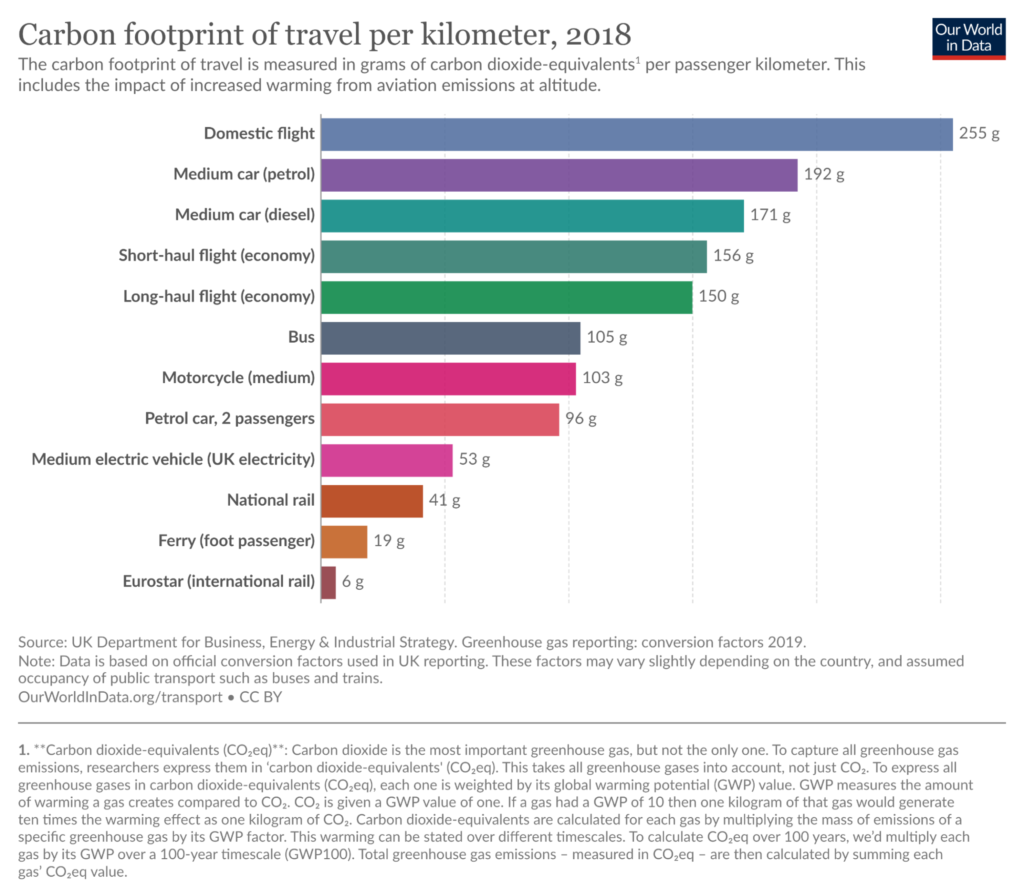Carbon Footprint of Logistics: Tier 3 Carbon Emissions
September 7, 2023

In today’s world, sustainability and environmental responsibility have become paramount concerns for businesses across the globe. The logistics industry, in particular, plays a significant role in the global carbon footprint due to its extensive use of transportation and energy-intensive operations. To combat this, understanding and managing carbon emissions, specifically Tier 3 emissions, have become crucial.
In this blog post, we’ll explore what Tier 3 carbon emissions are and their link with logistics, the role of Transport Management Systems (TMS) in measuring carbon footprints accurately, global trends in logistics and carbon offsetting, and how Truck It In is working towards introducing carbon emissions measuring and offsetting to its clients.
Understanding Tier 3 Carbon Emissions
Tier 3 carbon emissions, also known as Scope 3 emissions, refer to indirect emissions generated by an organization’s activities but occur as a result of the company’s value chain. In the context of logistics, Tier 3 emissions encompass everything from the manufacturing of products, transportation of goods, and even the end-use of products by customers. According to Deloitte, for many businesses, Scope 3 emissions account for more than 70 percent of their carbon footprint. These emissions are typically the most challenging to measure and control, as they involve multiple stakeholders and complex supply chains.
Tier 3 emissions specifically focus on the transportation and distribution aspect of logistics making the logistics industry a significant contributor to Tier 3 emissions, primarily through transportation activities. The burning of fossil fuels in trucks, ships, and planes releases vast amounts of greenhouse gasses, contributing to global warming and climate change. As a result, logistics companies have a crucial role to play in reducing these emissions and improving their sustainability efforts.
The Impact of Tier 3 Emissions in Logistics
Transportation accounts for a substantial portion of global carbon dioxide emissions, making it a crucial area to address when aiming to reduce carbon footprints.

Transport accounts for around one-fifth of global carbon dioxide (CO2) emissions [24% if we only consider CO2 emissions from energy]. In some countries – often richer countries with populations that travel often – transport can be one of the largest segments of an individual’s carbon footprint.
According to the the UK Government’s methodology paper for greenhouse gas reporting, Greenhouse gases are measured in carbon dioxide equivalents (CO2eq), meaning they also account for non-CO2 greenhouse gases and the increased warming effects of aviation emissions at high altitudes.
The pursuit of an actively decarbonized supply chain is swiftly evolving into a mandatory business credential. However, companies aiming to be role models in the fight against climate change must overcome roadblocks along the way.
In countries like Pakistan, Bangladesh, and the MENA region, where logistics play a vital role in trade and commerce, the impact of Tier 3 emissions is particularly significant. The reliance on trucks, ships, and planes for the movement of goods substantially contributes to the carbon emissions associated with logistics operations.
Challenges and Hurdles
Many organizations are struggling with their Scope 3 decarbonization efforts, and as they look to expedite their efforts. Carbon-accounting practices at most companies today are at a level where cost accounting was 40 years ago.
According to McKinsey & Company insights, of the 239 companies that signed up to the Science Based Targets Initiative in 2020, an impressive 94 percent incorporated pledges for emission reductions across their customer and supplier networks. This is a big step as for many companies, Scope 3 emissions constitute a staggering 80 percent of their total climate influence.
How TMS Can Help Measure Carbon Footprint Accurately
Transport Management Systems (TMS) have evolved beyond just optimizing routes and managing shipments. Today, they can play a pivotal role in measuring an organization’s carbon footprint accurately. TMS can track various data points, including fuel consumption, route efficiency, and vehicle emissions. By collecting and analyzing this data, logistics companies can gain insights into their emissions, helping them identify areas for improvement and make informed decisions to reduce their carbon footprint.
Trends in Global Logistics and Carbon Offsetting
As the world becomes more environmentally conscious, the logistics industry is witnessing a shift towards sustainable practices. Many companies are now incorporating carbon offsetting into their logistics strategies. Carbon offsetting involves investing in projects or initiatives that reduce or capture carbon emissions elsewhere to compensate for the emissions generated by a company’s operations.
Towards a Sustainable Logistics Future: Truck It In’s Carbon Initiatives

At Truck It In, we understand the significance of addressing Tier 3 emissions in the logistics industry. That’s why we are committed to incorporating measurement of carbon emissions in our solutions. We believe that by providing our customers with the tools and resources to measure and mitigate their carbon emissions, we can collectively work towards a more sustainable future.
In conclusion, the logistics industry’s carbon footprint, especially Tier 3 emissions, is a significant concern in today’s world. Transport Management Systems can play a pivotal role in measuring and managing these emissions accurately. Global trends indicate a growing focus on carbon offsetting as a means to mitigate environmental impact. Truck It In is dedicated to leading this charge by introducing carbon emissions measuring and offsetting services to our clients. Together, we can work towards a greener and more sustainable future for logistics.